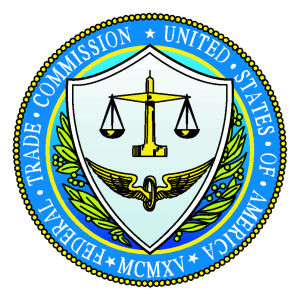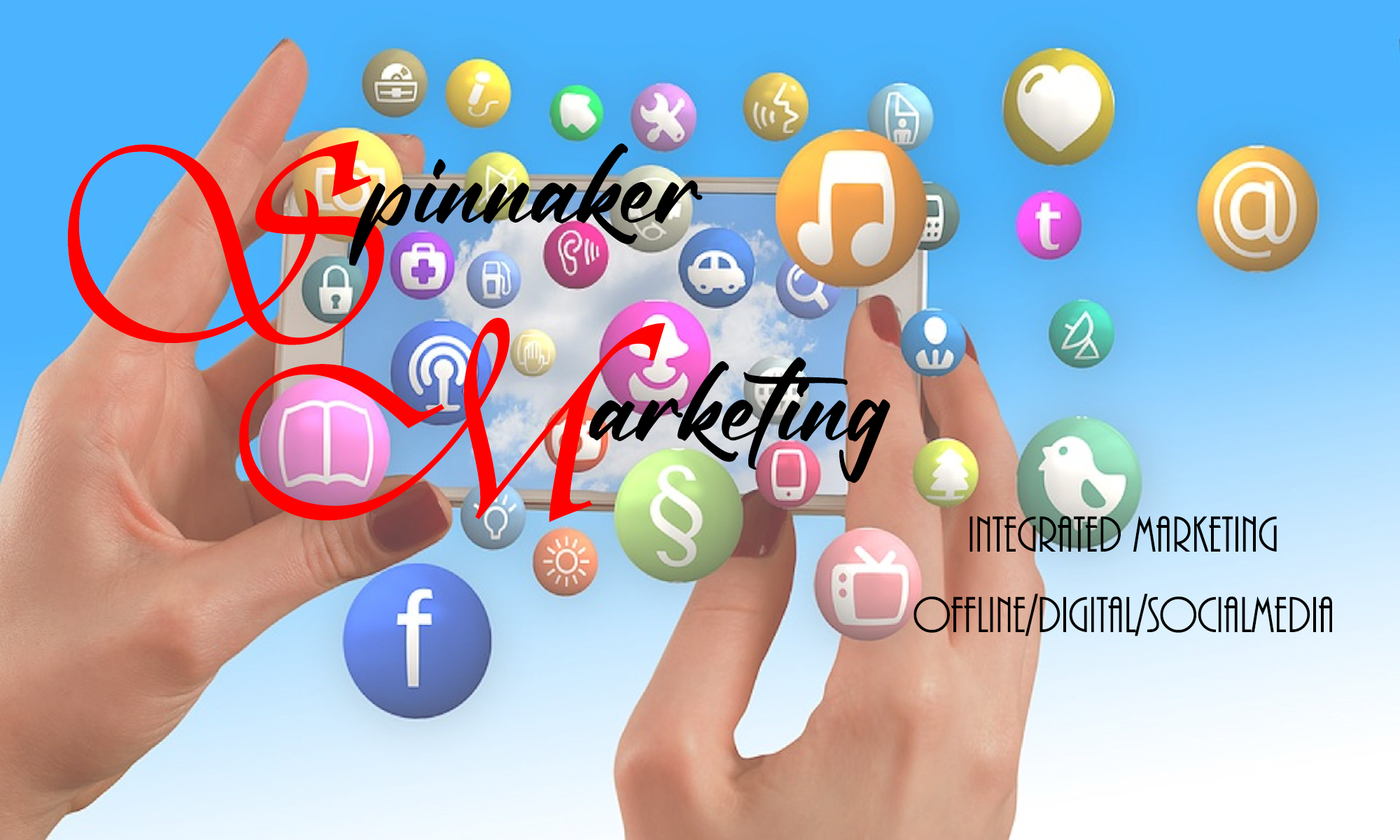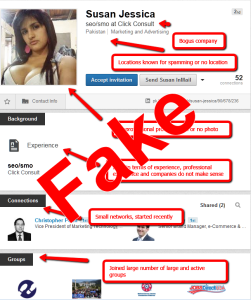 Recently an advertising agency learned a hard lesson about social media promotion: Disclosure is the key.
Recently an advertising agency learned a hard lesson about social media promotion: Disclosure is the key.
The FTC recently settled with Interpublic’s Deutsch LA advertising agency and Sony over claims the companies engaged in deceptive marketing during the launch of Sony’s hand held PlayStation Vita gaming console.
The lesson should not be lost on any marketer.
According to the complaint, one of the agency’s assistant account executives sent an email asking the agency’s staff to help promote the PlayStation Vita ad campaign by posting positive comments about the console on Twitter using the hashtag #gamechanger.
Deutsch LA employees posted tweets promoting PlayStation Vita without disclosing their connection to the agency or Sony.
According to the FTC these tweets were misleading because they didn’t reflect the views of actual consumers-users.
Agencies have to exercise a lot of caution when talking about a client’s work on social media, though best practices in that area aren’t always well codified, said David Berkowitz, chief marketing officer at digital agency MRY.
“This will be a wake-up call for agencies in terms of how they communicate work they have in market and what they encourage employees to do,” Mr. Berkowitz said.
It’s not the first time the FTC intervenes against agencies for deceptive marketing and it’s not likely to be the last and they will not stop at tweets.
The FTC is clear o that matter (and further clarified recently), marketers when they post on social media must disclose and consideration whether financial or in products and must disclose their connection to the agency, client or marketer.
What that means is that the poster must disclose if they work for the agency or the brand, they must disclosed if they have been paid or received free products or have received the service for free as a consideration to write and post about the product or service
In social media more than any other form of PR or advertising transparency is the key to keeping regulators at bay, to ensure brand integrity and to keep consumers trust.
 The FDA cracking down on Facebook marketing is a clear signal that companies have to treat Facebook the same way they would treat any other media they use in their communication with the public
The FDA cracking down on Facebook marketing is a clear signal that companies have to treat Facebook the same way they would treat any other media they use in their communication with the public








